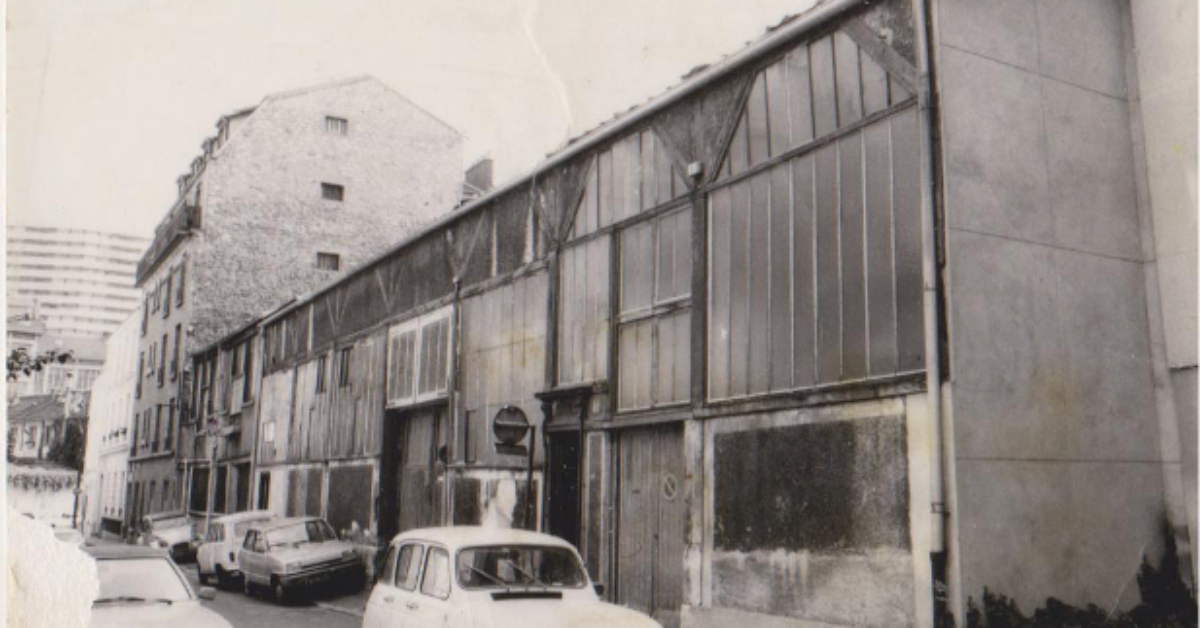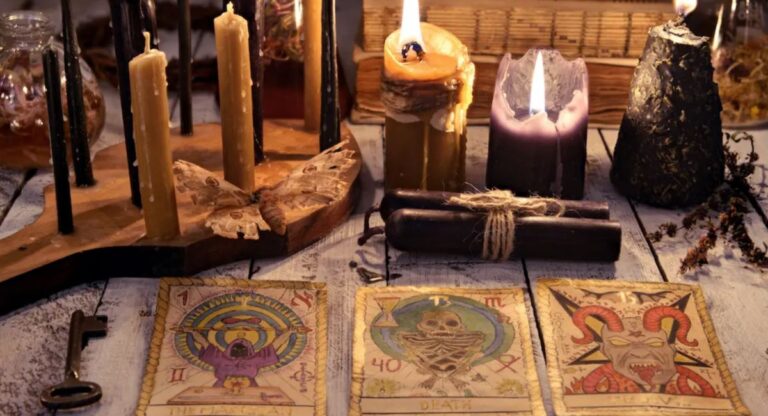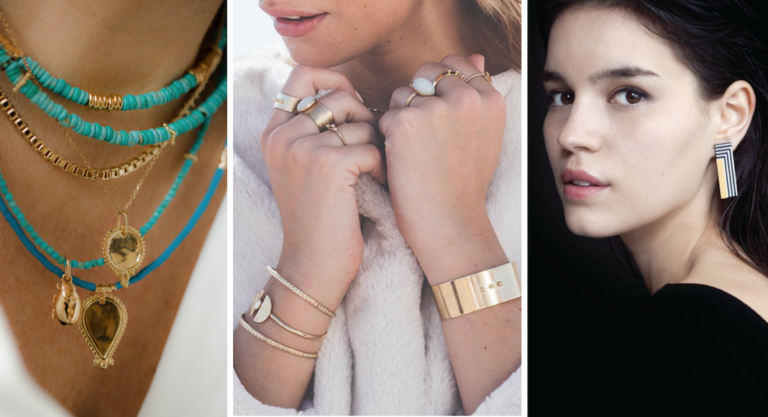For 48 hours, during “European Heritage Days,” historical sites across the continent open their doors to the public, which sounds like a whole lot of ho-hum to me. Musty castle? No thanks. But a once-in-a-lifetime chance to check out the studio that Chaïm Soutine and Amedeo Modigliani once shared? Now, that appeals. And not just to me: Last September, over 2000 people stood in line for the chance to see it.
One account of the studio that amused me describes the two artists lying on the floor, having just tossed out their bedbug-infested furniture. Given the lack of electricity, each man held a candle to read: Le Petit Parisien for the Russian expressionist painter, Soutine, and Dante for the Italian Modigliani—he of the long-necked, oval-faced portraits. Might not sound all that enticing to others, given the vermin—or the contemporary threat of Covid—but in the over 100 years since Modigliani and Soutine occupied that room, the studio has become something quite significant: Atelier 11, the sole remnant of La Cité Falguière.
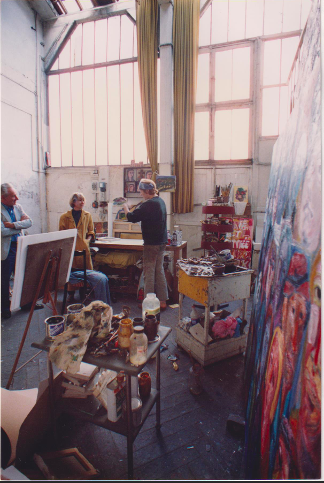
A cul-de-sac of 36 studios built in the 1870s to serve low income artists, La Cité Falguière is best known for once housing members of the École de Paris, the term for the émigré artists who lived and worked in Montparnasse in the early 20th century. Constantin Brancusi, Tsuguharu Foujita, and Paul Gauguin were among them. Never all that well built, the studios of Cité Falguière succumbed first to 1960s urban renewal projects and later gentrification.
Atelier 11 remains, though, thanks to dedicated owners. From 1942-2021, there were only three: a Hungarian-Jewish sculptor, then his wife, and, finally, Mira Maodus, a Serbian painter. Neither of the (fittingly émigré) artists ever renovated.
In her almost 50 years working in the studio, Mira Maodus used the space to create (among other things) semi-abstract worksthat rhythmically juxtapose brilliant strips of color, which resolve into partial words or symbols. But, a few years ago, she was feeling increasingly lonely in Paris, given her age. (She is now 80.) Many of her peers had died, so she felt ready to spend more time in Serbia. Still, she wasn’t going to sell her studio to just anyone.
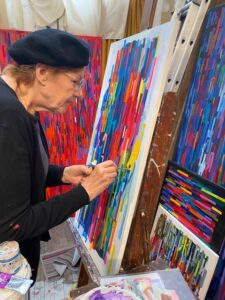
Enter Mila (yes, the name is similar to Mira) and Anton Ovchinnikov, a couple from Siberia (yes, the location is almost an anagram of Serbia, making this even more serendipitous). Mila had tried to see Atelier 11 not long after she and Anton moved to Paris, in 2017. At the time, an older gentleman allowed her inside the courtyard, but not the atelier itself, which seemed unoccupied to Mila, as it may well have been, since Mira Maodus then also spent part of the year in Belgrade and Tokyo. “Oh,” Mila wondered, at the time, “why doesn’t some Russian oligarch come and buy this place? It’s part of Russian heritage! Why is it falling apart here in Paris?”
Mila didn’t return to these thoughts until 2020, when Covid complicated what she had been doing for several years, which was inviting international artists for stays in France. She’d been inspired to do so after she and Anton—a professor of management analytics—spent his sabbatical year on a Fontainebleau property, which had an unused historic studio, or atelier. Later, when the couple moved to Paris, Mila invited even larger groups of international artists for residencies that were focused, ironically enough, on exposing contemporary artists to the École de Paris.
Mila’s long-standing interest in the global spirit of the École wasn’t merely academic. Having spent a childhood isolated in Siberia, Mila longed to experience other countries and cultures. Anton was also from Siberia, but, happily, his academic career allowed the two to move first to Canada, then Virginia, back to Canada, and finally France. Along the way, Mila’s study of arts management and art history prepared her to found L’AiR Arts, the organization under which she now offers artist residencies.

When Covid forced Mila to postpone the group residencies she’d planned for 2020, she contacted the owner of Atelier 11 to see if she might be willing to sell. Mila was imagining transforming the atelier into a place for short-term residencies for one or two artists, as well as for pop-up exhibits and artist gatherings. She could offer such opportunities, even during the pandemic, and eventually in tandem with her group residencies, when she was able to start those up again. Mira (note we’ve gone back to the name with an “r” here!) had her ideal buyer: “I like this project,” Mira says, “because it is something human.”
Mila and Anton purchased the property but knew they couldn’t realize Mila’s dreams of using the place for artist residencies without modernizing. As it was, Mila said, “We are really heating the sidewalk”—the building was a sieve. Insulation and other basic improvements were needed. Mila decided 2021 would be the year for presenting the studio to the public as it was. And then, 2022 would be its year of transformation.

Soutine’s agitated paintings of the exterior of Atelier 11 show a façade dominated by two giant windows with vertical sashed panes that form squares, which are then topped by trapezoids, as if the windows were an elongated version of a child’s drawing of two neighboring houses. Inside, the almost 1,350 square foot studio has richly patina-ed walls (thanks to the over 100 years of use), exposed beams, a brick floor, a second-floor balcony, and a windowless basement.
To transform Atelier 11 into both a comfortable abode for two working artists and a multi-purpose art space, Canadian architect Pat Hanson, graciously working pro bono, drew up plans that maintain the fenestration design and basic room set-up: studio, balcony, basement. But she’s allowed the working studio to double as a communal gathering space, the basement to function as a multi-media gallery, and the balcony to house two tiny bedrooms (with flip-down beds and desks), a bathroom, and a corridor for mini-research library. The challenge, she notes, is to honor the original structure, while making everything (including a downstairs kitchen) fit in a visually compelling way.

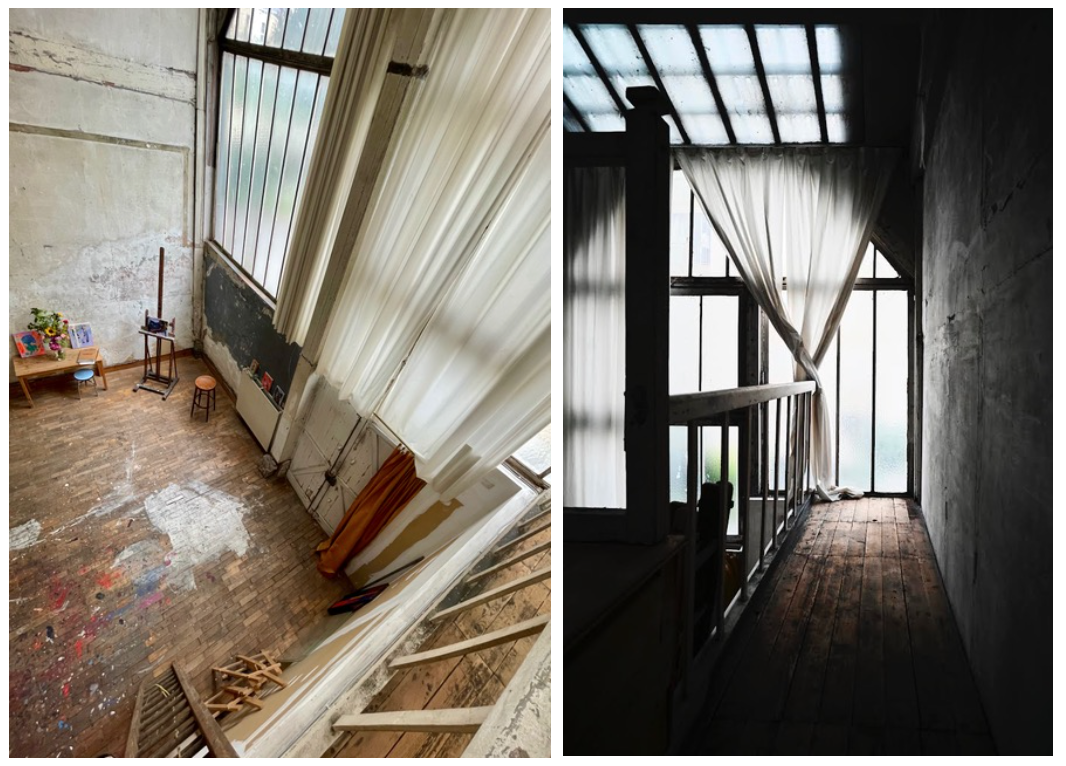
During World War 2, Mira Maodus’s pregnant mother, a Serb, was captured by Croats who told her she would be shot the next day. But her mother escaped that night, walking for three days until she reached an Italian military camp, where refugees and Jews were welcomed, despite Italy’s then fascist leanings. The camp is where Mira was born, with the help of a Jewish woman named Myriam, after whom Mira was named. Eventually, Mira ended up in Paris and in the former studio of a Russian Jewish painter, Soutine, and an Italian painter and sculptor, Modigliani, whose parents were Sephardic Jews. In their time, Soutine, Modigliani, and, then Mira Maodus, all loved (and were stimulated by) Paris.
As a young woman, Mila desperately wanted to be a global citizen, to see the world outside Siberia. Because of her husband’s fortuitously peripatetic profession, she eventually ended up in France, and then Paris, like Soutine, Modigliani and Mira Maodus before her. Now, Mila has founded programs and owns a studio that both represents and extends the international, collaborative spirit of the École de Paris into the 21st century, and carries the spirit of all three former artists. It seems like an odd set of coincidences. Or, especially given the rising nationalism of our own era and Putin entering the Ukraine this year, a lovely and welcome bit of fate.
Cover: Historic image of Atelier 11 (Photo Credit: Cité Falguière archive)
Debra Spark’s most recent books are And Then Something Happened: Essays on Fiction Writing and the novel Unknown Caller. She co-edited Breaking Bread: Writers from New England on Food, Hunger and Family, which is due out in spring of 2022. She teaches at Colby College and in the MFA Program for Writers at Warren Wilson.
(An earlier version of this story referred to Soutine reading Le Petit Prince in his studio. But, in fact, he was reading a newspaper called Le Petite Parisien.)

